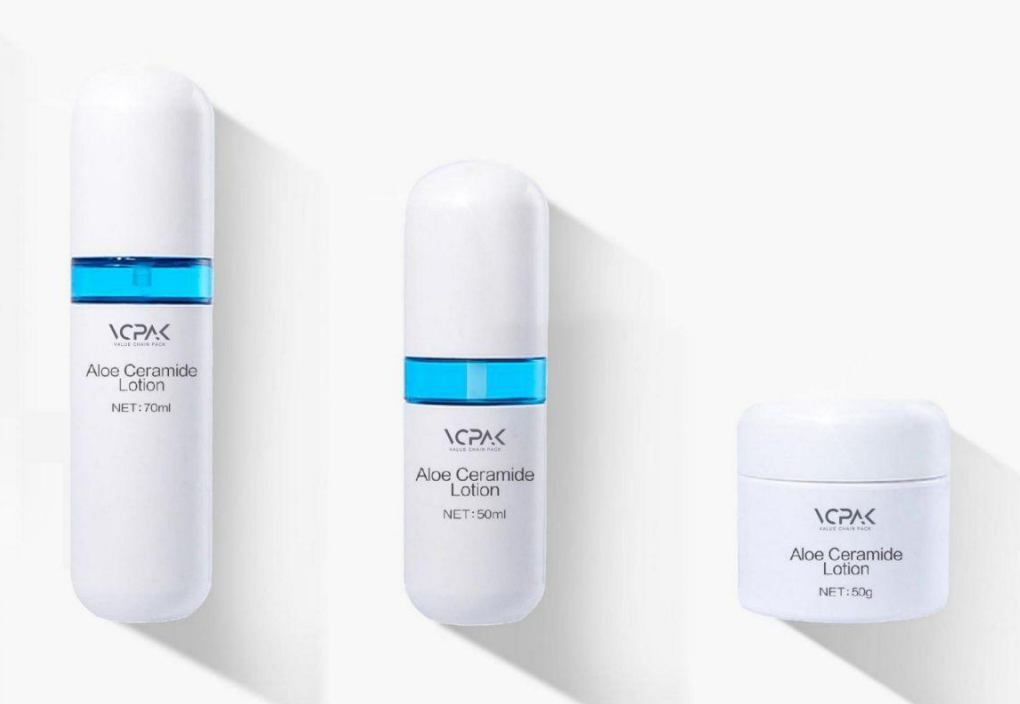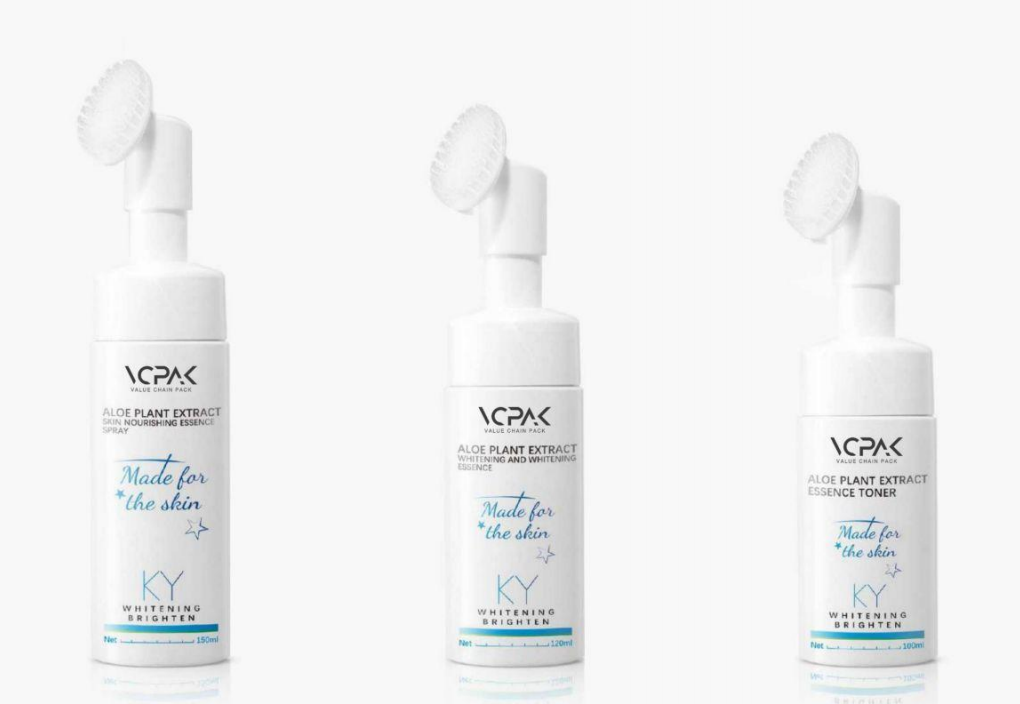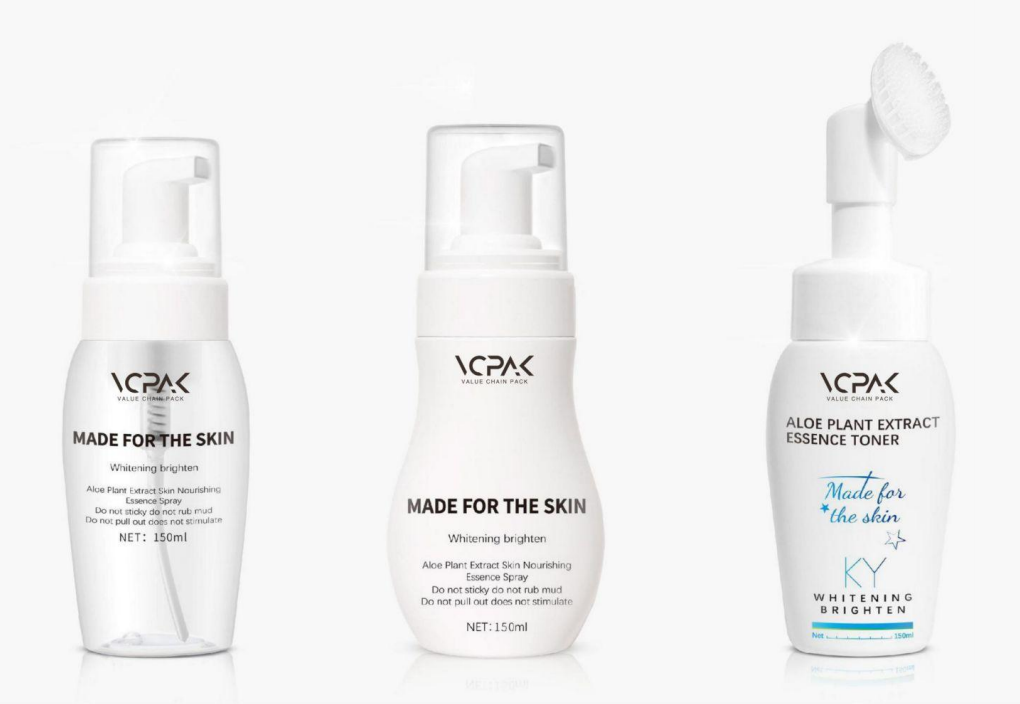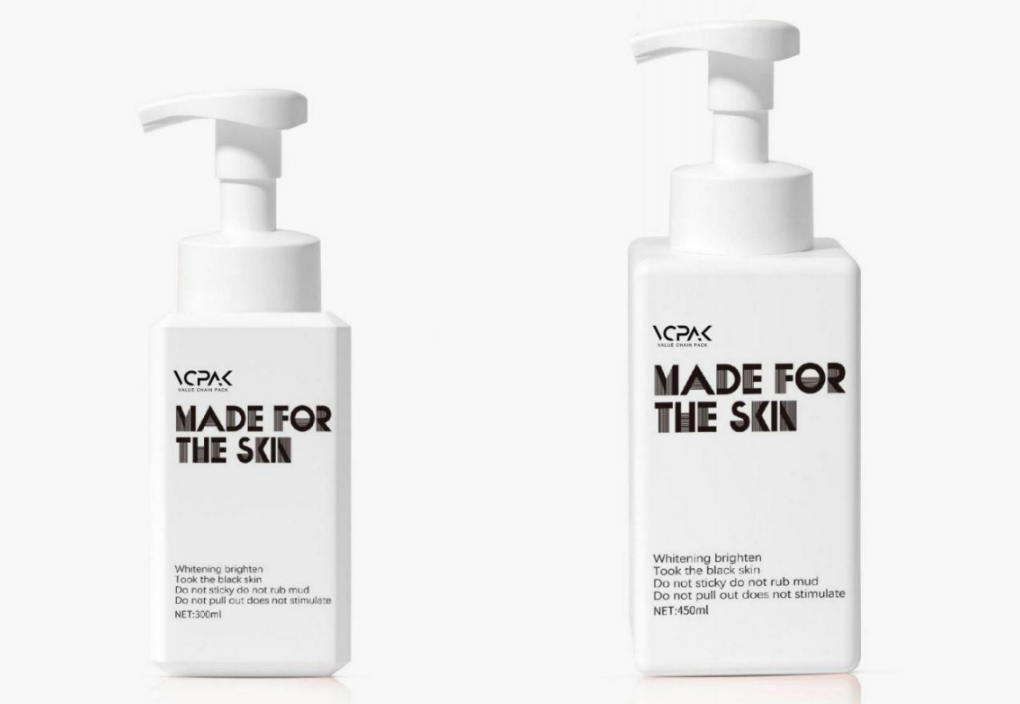PET Container
PET Container
PET bottles are plastic containers made from polyethylene terephthalate (PET), created through either a one-step or two-step process.
PET material is lightweight, highly transparent, and impact-resistant, making it ideal for cosmetic and skincare packaging.
These bottles provide a balance of durability and clarity while maintaining product integrity, which is why they are favored for beauty products like lotions and serums.
VCPAK is a PET container supplier specializing in versatile packaging solutions for cosmetics and skincare. We offer a range of PET bottles and jars, known for their lightweight, high clarity, and impact resistance, ideal for products like toners, lotions, and serums.
Our PET containers support various customization options, including silk-screen printing and paperless labeling. VCPAK’s expertise lies in providing eco-friendly, cost-effective packaging that ensures both protection and presentation for your brand’s needs.

Sleek Curve PET Container Series

LuxFoam Brush Bottle Series

SlimFoam Dispenser Series

GeoFoam Square Series
Discover More PET Container Styles?
What is PET Blow Molding?
PET blow molding is a process used to form PET bottles by heating and stretching preforms into desired shapes.
Widely utilized in the cosmetics industry, this method allows for the production of versatile and transparent containers that support design flexibility.
The blow molding process results in bottles that combine high clarity with robust protection, meeting the needs of both mid-range and premium brands.
Understanding PET Preforms in Bottle Manufacturing
PET preforms, also known as bottle preforms or preforms, are semi-finished products used in the PET blow molding process.
These are created through injection molding of polyethylene terephthalate (PET) granules. The preform resembles a test tube with a threaded neck that forms the bottle neck during blow molding.
Once heated, the preform is blown into its final bottle or jar shape using a blow molding machine, serving as essential components in packaging for beverages, foods, and cosmetics.
PET Bottle Production: Single-Stage vs. Two-Stage Processes
Single-Stage Process:
•Pros: Offers streamlined production by combining injection and blow molding on one machine, leading to faster cycle times, which is advantageous for limited runs.
•Cons: Involves higher equipment and operational costs, with less flexibility due to the integrated process.
Two-Stage Process:
•Pros: Provides greater flexibility and is cost-effective for mass production, with separate machines for each phase allowing for optimized settings.
•Cons: The process is more complex, requiring additional space for storing preforms and potentially leading to longer production times due to the two distinct phases.
PET Container Product Structure
Bottle Neck Sizes and Thread Specifications:
The common neck diameters are Φ18mm, Φ20mm, Φ22mm, Φ24mm, Φ28mm, and Φ33mm. The thread specifications usually include 400mm, 410mm, and 415mm, which correspond to the number of thread turns—400mm for one turn, 410mm for 1.5 turns, and 415mm for two upper turns.
Bottle Body Materials:
PP and PE are typically used for opaque bottles, while PETG, PET, and PVC are preferred for their transparent or translucent qualities. PET bottles can also be color-sprayed to enhance appearance. Blow molded bottles feature a distinct base dimple that reflects light brightly, while injection-blow molded bottles have a visible seam line at the base.
Accessories Compatibility:
Blow molded bottles are commonly paired with inner plugs (frequently PP and PE), outer caps (made from PP, ABS, or acrylic, with options for plating or anodizing), and pump covers (often used for serums and lotions). Flip tops and screw caps are widely used in consumer products for easy dispensing.
The Role of PET Bottles in Cosmetic Packaging
PET bottles are widely valued in the cosmetics industry for their versatility, durability, and clarity. Made from polyethylene terephthalate, these containers offer excellent barrier properties against moisture and gases, protecting sensitive products like skincare serums, lotions, and fragrances. Their lightweight nature and high recyclability also align with eco-friendly packaging trends, making them a preferred choice for brands looking to reduce environmental impact while maintaining product integrity and aesthetic appeal.

